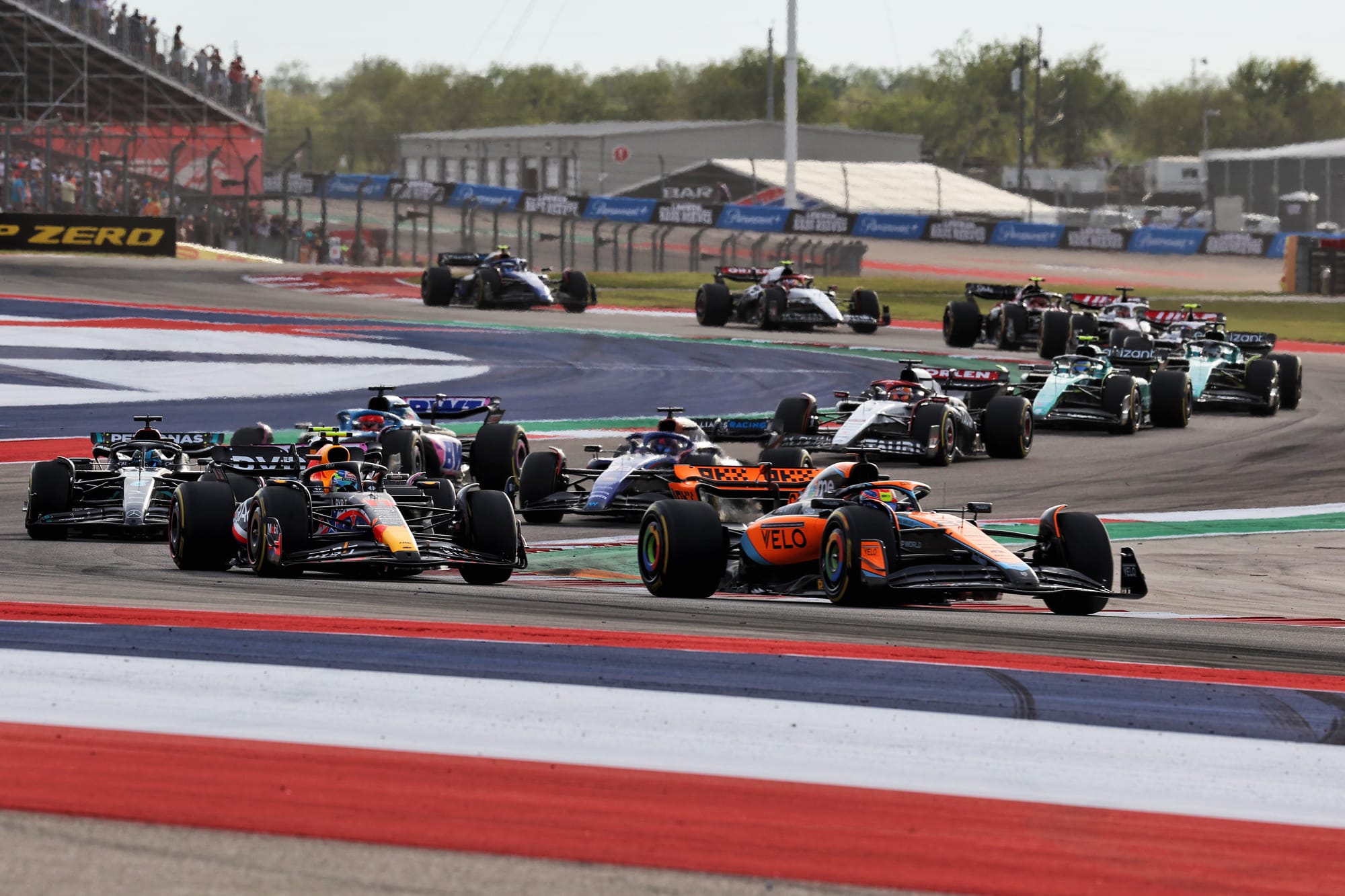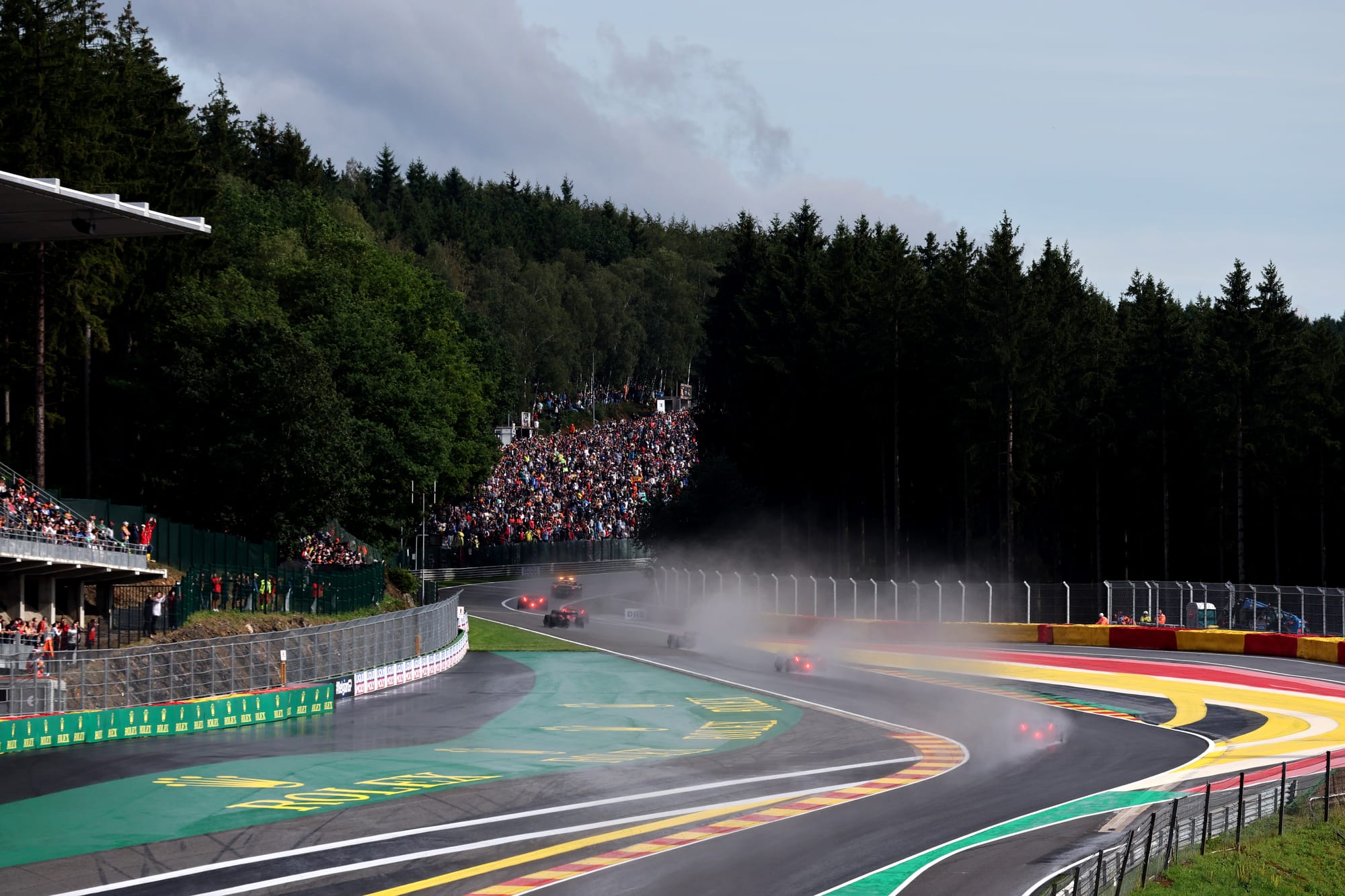Up Next

Formula 1 teams will not be allowed to develop their 2026 cars until the start of 2025.
It has been agreed by the F1 Commission that “no work may be carried out on the development of a car” for 2026 before January 1, 2025.
This is likely to be the same restriction invoked for the current generation of cars.
The COVID-19 pandemic interrupted F1’s plan for new rules for 2021, pushing it back to 2022 instead.
To manage costs during a difficult time, it was agreed that no windtunnel or CFD work would be conducted before the start of 2021.
It is likely the same will apply here, limiting teams to discussions and research that might be best termed as ‘pre-development’ work – such as discussions by team working groups, which are already set up and looking ahead to 2026.
Early development ahead of a new set of regulations can buy a team a big advantage and this agreement puts more emphasis on deciding when to switch off development in 2025 to put full focus of time and money onto the brand-new 2026 car.
And although this move restricts development until a full calendar year before the new regulations, it does not go as far as what Lewis Hamilton suggested earlier this year - not allowing teams to develop their next car until later in the preceding season.
CLOSER TO A KEY SPRINT CHANGE

F1 also appears closer to changing its sprint weekend format for what would be the third time in four season.
In 2022 and 2023, qualifying for the grand prix has been held on Friday, Saturday has been devoted to qualifying for the sprint race and the sprint itself, and Sunday remained the standalone grand prix day.
However, this interrupts the flow of a grand prix weekend, and a change has been discussed for some time – moving sprint qualifying to Friday and holding the sprint race on Saturday before qualifying for the grand prix later in the day.
The F1 commission has given this idea “overall support” but further discussions are required to fine-tune the details.
This could be accompanied by further format changes such as more points or even a reverse-grid element.
COOLING SCOOPS AND SPRAY GUARDS

Several technical items have also been discussed and approved by the F1 Commission.
Further testing of the wet weather package designed to reduce the spray cars emit will take place in spring next year.
This will use a cover design that “completely envelopes the tyre”, with the intention of establishing “a proof of concept for the wheel cover and help define the future direction of the project”.
An early test of this idea earlier this year produced limited results.
The FIA had also started looking into ways to help driver cooling after a brutal Qatar Grand Prix in which many struggled with heat exhaustion.
It has been agreed that a scoop to increase driver cooling will be fitted to the car, with further analysis of supplementary cooling options “for more extreme conditions”.
In addition, a much-discussed and controversial plan to ban tyre blankets has been postponed again, with a decision made early to keep the blankets for 2025 and avoid a decision needing to be made in July next year.



